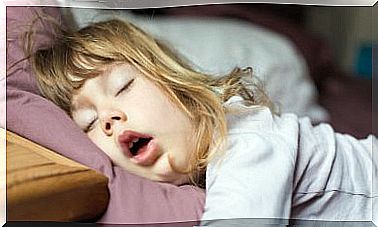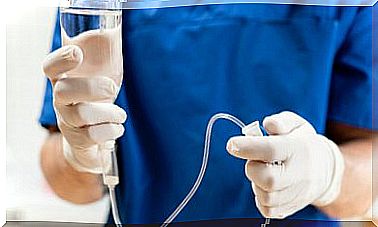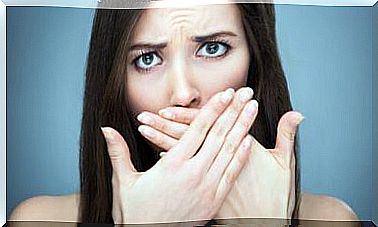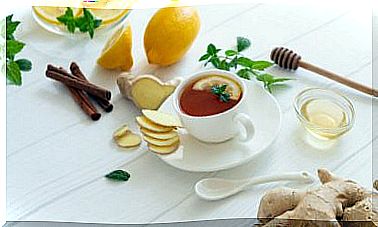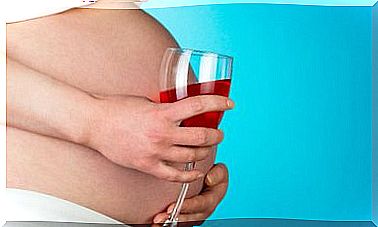Cold Sores: Symptoms And Treatment
Cold sores are also called, in some countries, “fever blisters”, or simply “fever.” His condition has a high aesthetic component, since, in its period of greatest clinical manifestation, it produces blisters in the external oral region.
The disease is caused by a virus and the contagion is simpler than what happens with other diseases.
According to the World Health Organization, about 67% of the world’s adult population would test positive if tested for the cold sore virus in blood. This can happen even if the person has never had symptoms.
How is a cold sore spread?
The virus that causes the disease is the herpes simplex virus – HSV1. This pathogen belongs to the family of viruses known as Herpesviridae . The genital herpes virus – HSV2 also belongs to the family.
In general, each of these viruses affects different parts of the body:
- HSV1 is mainly concentrated in the mouth.
- HSV2 does so in the genital region, causing genital herpes.
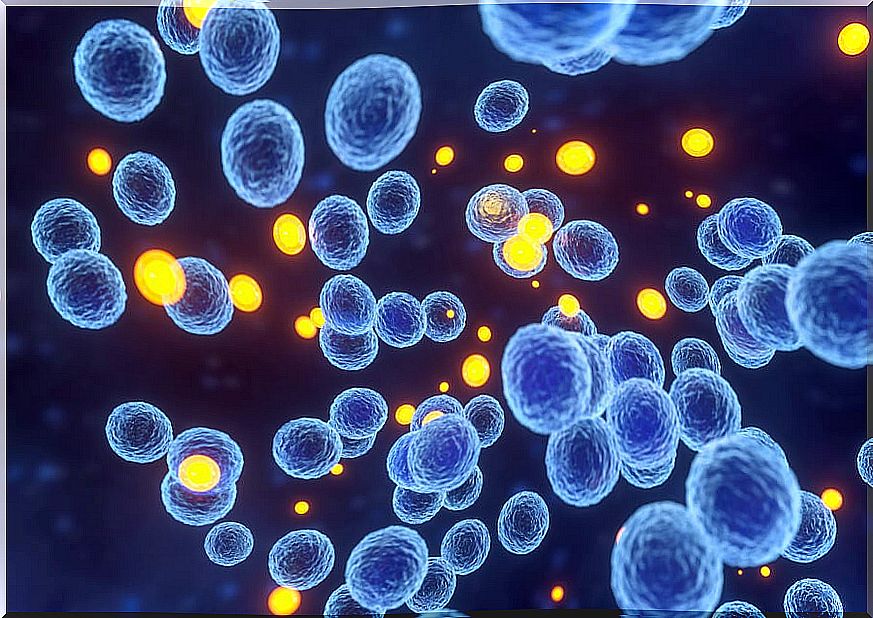
The contagion of both viruses is by contact, even when there are no active and visible lesions. That is, one person can infect another without having blisters at the time of doing so.
Of course, contagion is much more possible when the blisters are visible and, above all, when they break and leak the liquid they contain. The fluid from the blisters is a great transport route for the virus.
The degree of contagion is high. One person can transmit the HSV1 virus to another with a kiss, but also by sharing kitchen utensils. In the case of HSV2, the main route of infection is through sexual intercourse.
However, this separation between HSV1 and HSV2 is not strict. A person can become infected with the genital herpes virus and have symptoms in the mouth, as if it were a cold sore, after having been infected by practicing oral sex.
What are the symptoms of cold sores
The different stages with which the disease manifests itself in the oral region are what determine the symptoms. Each moment of evolution is present with different visible signs.
Here we describe the natural evolution in most cases:
- Perioral burning: up to a day before the blisters appear, the person may feel burning, stinging, or tingling around the lips.
- Visible blisters: the second phase is the appearance of the blisters themselves. Cold sore blisters have clear fluid inside and are located on or around the lip. They can be accompanied by a slight fever.
- Breaking of the blisters: after about 4-7 days of presence of the blisters, their rupture occurs. The blisters break open and leak fluid. In the place where the blister was, an ulcer forms that, gradually, will be covered with a scab.
- Scarring: between fifteen days and a month after the appearance of the first symptoms, the scabs will disappear without leaving any scar. The time is variable depending on whether it is the first time or a comeback, since the comebacks usually last less.
Treatment options
If the cold sore does not receive any drug treatment, it will go through its natural evolutionary cycle. After a few days, which can go from a week to a month, it will resolve without leaving a scar.
The virus will be lodged in the peripheral nervous system of the person and, in the future, it may or may not appear again with similar symptoms of shorter duration.
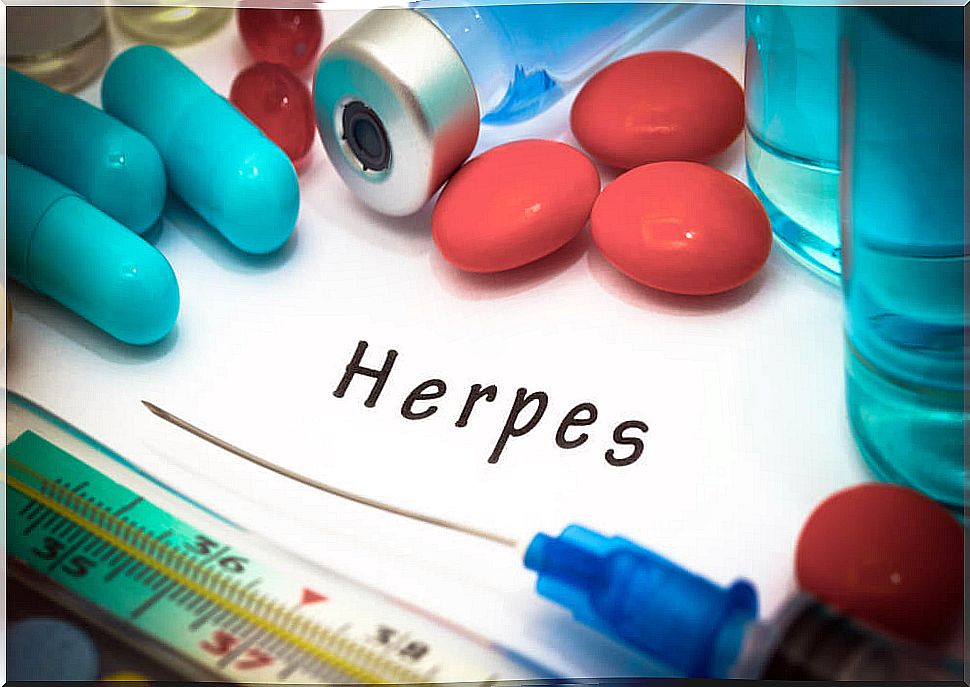
Medications that have been shown to help are antivirals, such as Acyclovir or Valaciclovir. Their only benefit is to reduce the days of illness, but they are not curative.
Despite antiviral drugs, HSV1 will remain present and nested in the peripheral nervous system and, therefore, may be reactivated in the future.
Antivirals come as tablets to take by mouth or as creams for local application. The oral route is more effective than the local one. The effectiveness depends on the early start of treatment.
Ideally, start with an antiviral drug on the tingling or burning day or, at the latest, on the first day the blisters appear.
When the clinical picture is very painful, the treatment can be accompanied by an analgesic. Both Ibuprofen and Paracetamol are valid options. Taking one medication or another should always be assessed by the treating physician and it must be borne in mind that self-medication is not an option in any case.

